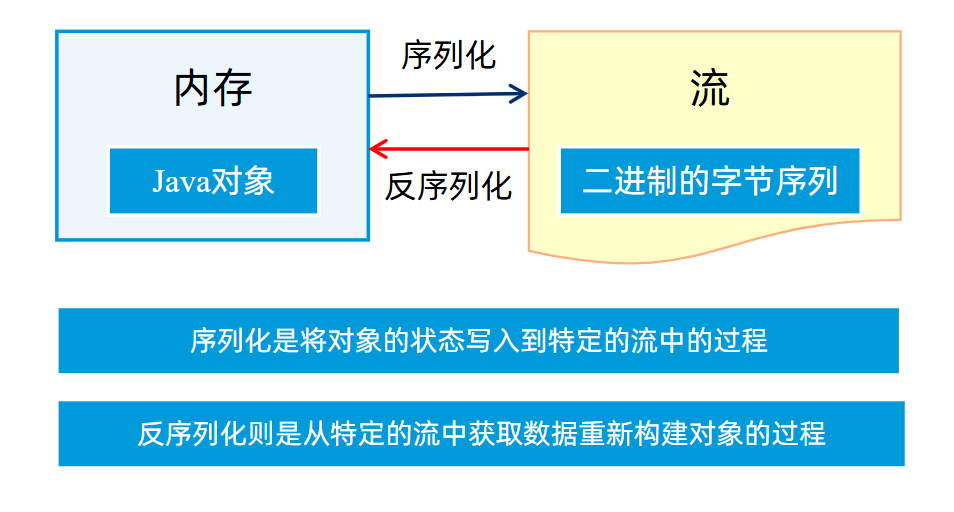在移植 AWTK 到 HarmonyOS NEXT 系统之前,我们需要先完成平台适配,比如文件、多线程(线程和同步)、时间、动态库和资源管理。
1. 文件
HarmonyOS NEXT 支持标准的 POSIX 文件操作接口,我们可以直接使用下面的代码:
src/platforms/pc/fs_os.c
2. 多线程
HarmonyOS NEXT 支持标准的 POSIX 线程操作接口,我们可以直接使用下面的代码:
src/platforms/pc/thread_with_pthread.c
3. 时间
HarmonyOS NEXT 支持标准的时间函数,我们可以直接使用下面的代码:
src/platforms/pc/platform_time.c
4. 动态库
HarmonyOS NEXT 支持标准的动态库操作接口,我们可以直接使用下面的代码:
src/platforms/pc/dl.c
5. 系统信息
AWTK 需要一些系统信息,比如 屏幕大小、屏幕密度、可写文件目录、临时目录、当前语言、字体缩放比例等。我们可以使用下面的代码从 UIAbilityContext 获取,然后传入到 native 层:
let context = getContext(this) as common.UIAbilityContext;
let filesDir: string = context.filesDir;
let tempDir: string = context.tempDir;
let resourceManager = context.resourceManager;
let resourceDir = context.resourceDir;
let screenDensity: number = context.config.screenDensity || 640;
let fontScale:number = context.config.fontSizeScale || 1;
let language:string = context.config.language || "zh_CN";
awtk_napi.init(resourceManager, filesDir, tempDir, screenDensity, fontScale, language);
6. 资源管理
资源管理比较麻烦一点,我们参考 AWTK-IOS 将资源打包成一个文件 assets.zip,放到应用程序的包里。在 HarmonyOS NEXT 系统中,我们可以把 assets.zip 放到 rawfile 目录下:
entry/src/main/resources/rawfile/assets.zip
然后通过资源管理器读取:
filename = "assets.zip";
RawFile *rawFile = OH_ResourceManager_OpenRawFile(mNativeResMgr, filename.c_str());
if (rawFile != nullptr) {
}
long len = OH_ResourceManager_GetRawFileSize(rawFile);
assetsData = std::make_unique<uint8_t[]>(len);
int res = OH_ResourceManager_ReadRawFile(rawFile, assetsData.get(), len);
OH_ResourceManager_CloseRawFile(rawFile);
OH_ResourceManager_ReleaseNativeResourceManager(mNativeResMgr);
assetsZipContent = assetsData.get();
assetsZipSize = len;
awtk_app_->Init(filesDir.c_str(), tempDir.c_str(), screenDensity, fontScale, language.c_str(), assetsZipContent, assetsZipSize);
7. 编译运行
AWTK 原生窗口和输入事件处理,此时已经实现,不过我们下一篇文章再介绍,先放一张图上来看看:




















